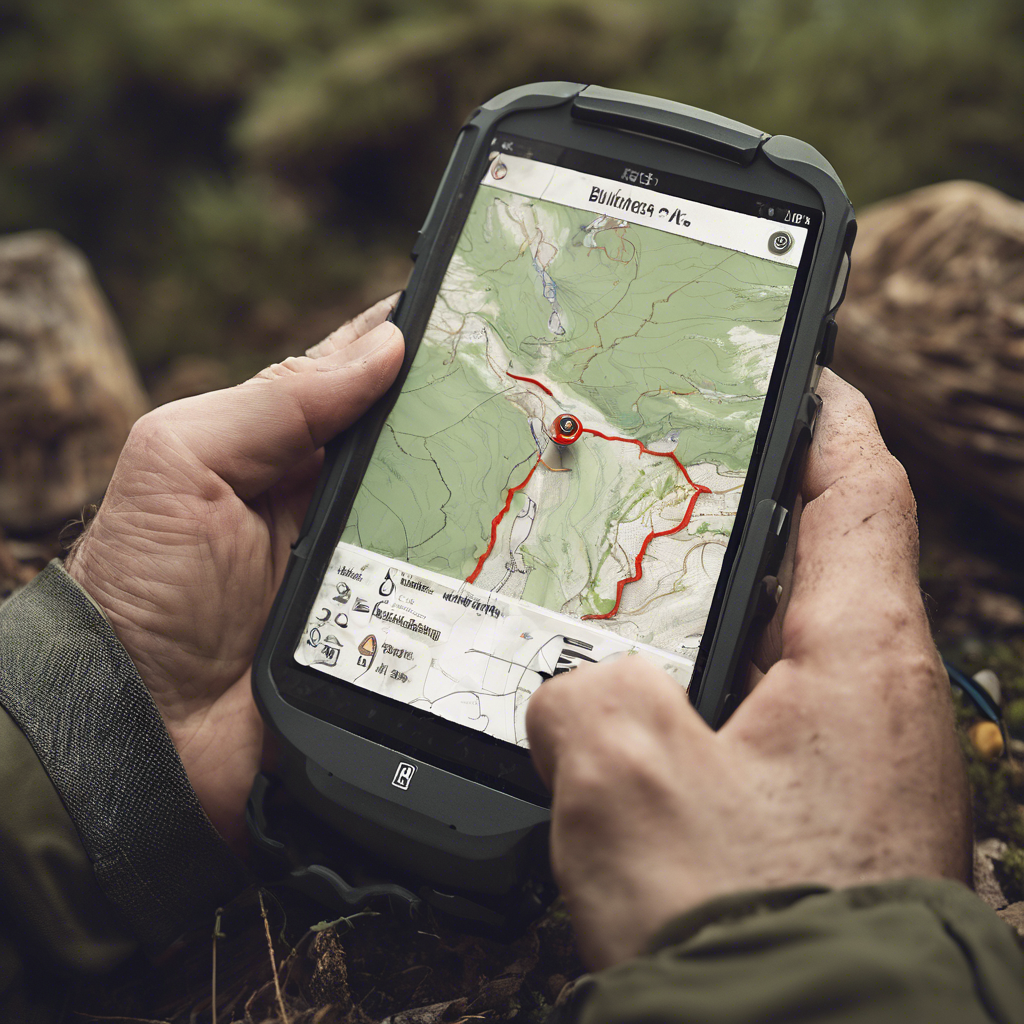Navigating the Outdoors: Bushcraft Backpacking Navigation Guide
- aysennnkocc
- Aug 4, 2024
- 2 min read
Welcome, outdoor enthusiasts and adventurers! Today, we delve into the exciting world of bushcraft backpacking navigation. Whether you are a seasoned trekker or just starting your wilderness journey, understanding the basics of map reading, compass navigation, and GPS technology is crucial for an unforgettable and safe outdoor experience.
Map Reading Basics
Let's kick off our navigation guide with the timeless art of map reading. Maps, with their intricate topographic details and key symbols, provide a visual representation of the terrain you are exploring. Here are a few map reading basics to help you decipher the wilderness:
Scale and Legend : Understanding the scale of the map and the legend is vital in interpreting distances and map symbols.
Contours and Elevation : Contour lines depict changes in elevation, helping you visualize the hills, valleys, and peaks.
Orientation : Always orient the map to match the direction you are facing for accurate navigation.

Using a Compass in the Wilderness
A compass is a reliable tool for orienting yourself in the backcountry where GPS signals might be weak or unreliable. Mastering the use of a compass involves these essential techniques:
Orienting the Map : Align the map with your surroundings using the compass to accurately match real-world features with the map.
Taking Bearings : Learning how to take bearings from your location to a specific point on the map aids in plotting your course.
Following a Bearing : Walk in the direction of your bearing, continuously checking your compass to stay on track.
A compass can be your trusted companion in the wilderness, offering a sense of direction and confidence in your outdoor navigation skills.
GPS Technology for Outdoor Navigation
In the age of technology, GPS devices have revolutionized outdoor navigation, offering instant location tracking and route planning. Here are some tips for utilizing GPS technology effectively:
Satellite Reception : Ensure a clear line of sight to the sky for optimal satellite reception, especially in dense forest cover or deep canyons.
Waypoint Marking : Marking waypoints on your GPS device allows you to track your progress and return to key locations easily.
Battery Life : Carry extra batteries or a portable power source to keep your GPS device running throughout your adventure.
Embracing GPS technology enhances your navigation experience, providing precise coordinates and mapping features at your fingertips.
As you set out on your bushcraft backpacking journey, remember that a combination of map reading skills, compass navigation techniques, and GPS technology can elevate your outdoor experience. Embrace the challenge of navigating the wilderness, knowing that each tool at your disposal adds to the thrill of exploration.
So pack your Bushcraft Backpack , equip yourself with a reliable compass, and bring along your GPS device for a seamless and enjoyable outdoor adventure. Let the untamed beauty of nature be your guide as you navigate the great outdoors with confidence and skill.
Happy trails, adventurers!
Comentarios